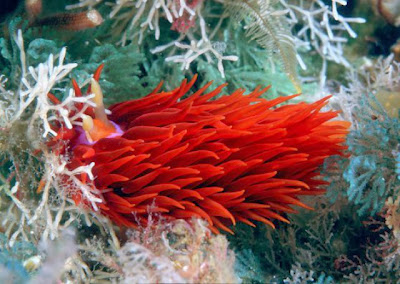
When we think of slugs, most of us picture the small, grey, slimy land variety. But under the surface of the ocean lives a whole other world of colorful, fascinating sea slugs. They’re called nudibranchs, and they come in a stunning array of colors and shapes.
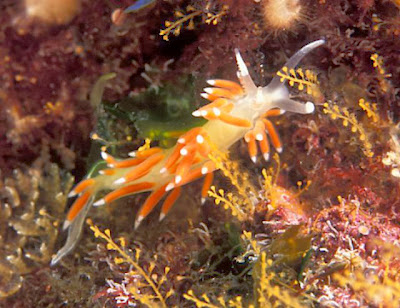
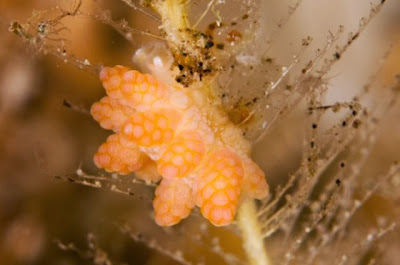
Nudibranchs are found all over the world, but they’re most prolific in warm, shallow sea water. Their coloration varies widely, from the muted colors of some easy-to-overlook types to the neon, clown-like appearance of others. Likewise, their physical forms are extremely varied. One consistent characteristic is the “tentacles” on the heads which allow nudibranchs to feel, smell and taste.
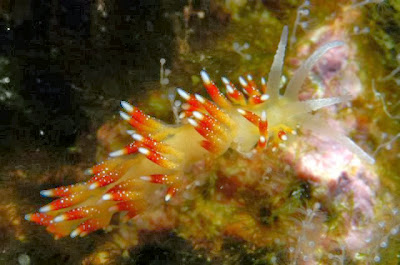
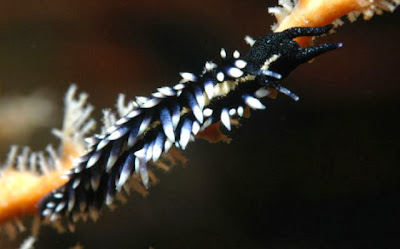
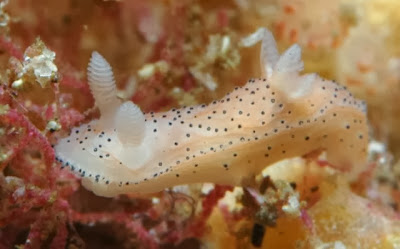
There are around a thousand species of nudibranchs, and because of their extremely diverse appearances it’s often not easy for divers to identify the specific types they encounter. Many online forums have sprung up to help divers and underwater photographers identify just what types of nudibranches they’ve managed to spot, as well as to share their finds with the nudibranch enthusiast community.
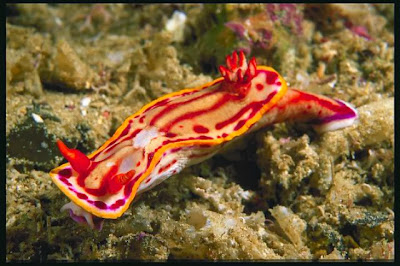

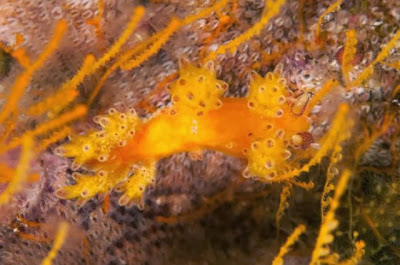


Nudibranchs’ unusual name comes from their distinctive breathing method: “naked” branchial (breathing) tubes on their backs which resemble branches or bushes. However, not all nudibranchs sport this unusual-looking breathing apparatus. While nudibranchs are commonly referred to as “sea slugs”, which is technically a valid title, it should be noted that not all sea slugs are nudibranchs.
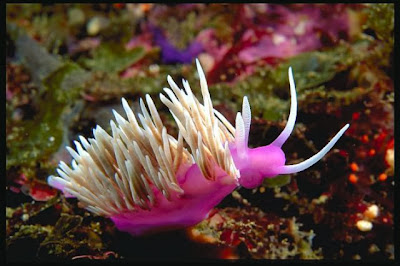
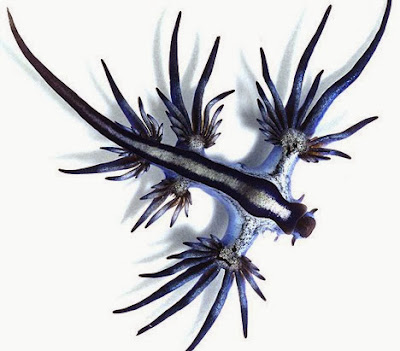



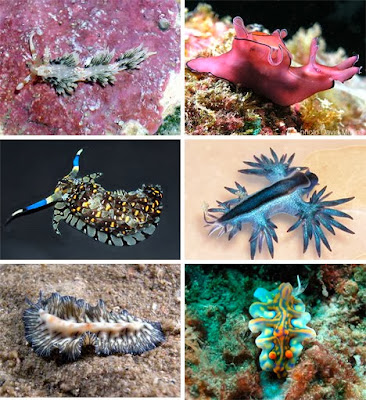
So why are nudibranchs so odd looking? They have probably evolved to have very bright colors in order to warn predators away. Nudibranchs’ skin is usually poisonous or at least very foul-tasting, making them inedible to most other creatures. Their strange coloration lets fish know that they won’t enjoy a mouthful of nudibranch. Interestingly, nudibranchs are hermaphroditic (they have sex organs of both genders) but they don’t self-fertilize. These amazing jewels of the ocean can be seen around the world, so keep an eye out the next time you go snorkeling to see if you can spot their colorful patterns
No comments:
Post a Comment